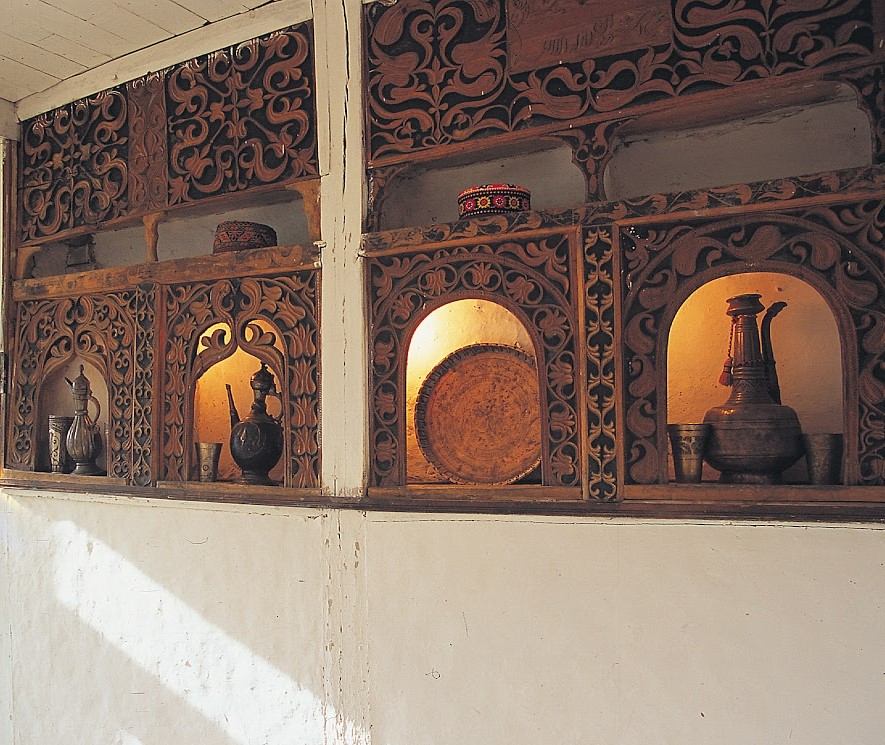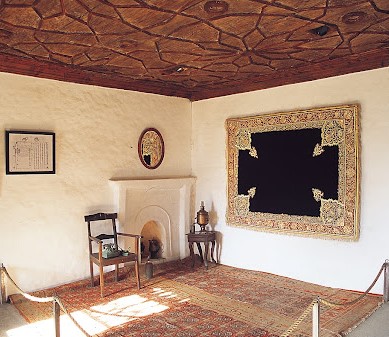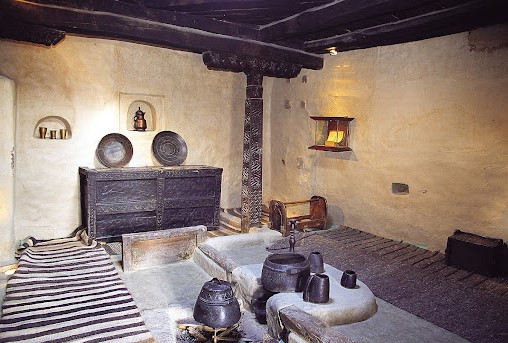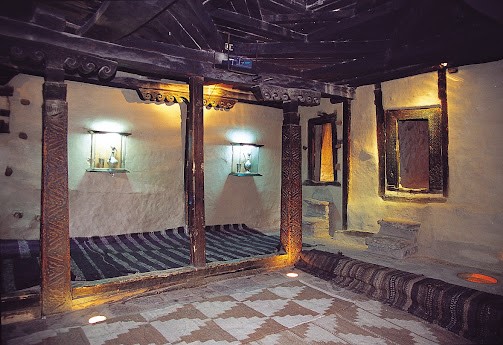History
The Baltit Fort sits on top of the Ultar glacier's moraines located in the mountainous Karakorum range of the Gilgit-Baltistan region. It is between the Hunza and Nagar valleys that are on the sides of the Hunza river, running east to west.
The Northern Areas of Pakistan used to be separated into several independent states. The states of Hunza and Nagar, separated by the Hunza (Kanjut) river, were rival states. Their rulers had built several strongholds to express their power; the Baltit fort can be dated back to the 8th century CE. Hunza rulers initially stayed at the older, Altit Fort. Once conflict broke out between the Sultan's two sons, Shah Abbas and Ali Khan, Shah Abbas moved to the Baltit Fort in Hunza - making it the new capital, also in the Silk route. This power struggle ended with the death of Shah Abbas' younger brother, Ali Khan.
The fort was demolished and altered by British authorities in their 1891 conquest. Starting 1980, there began conservation and preservation efforts, and now it serves as a museum.
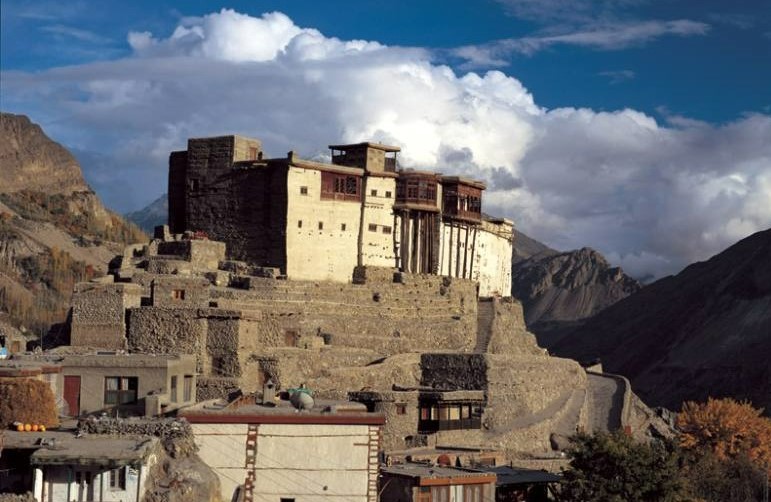
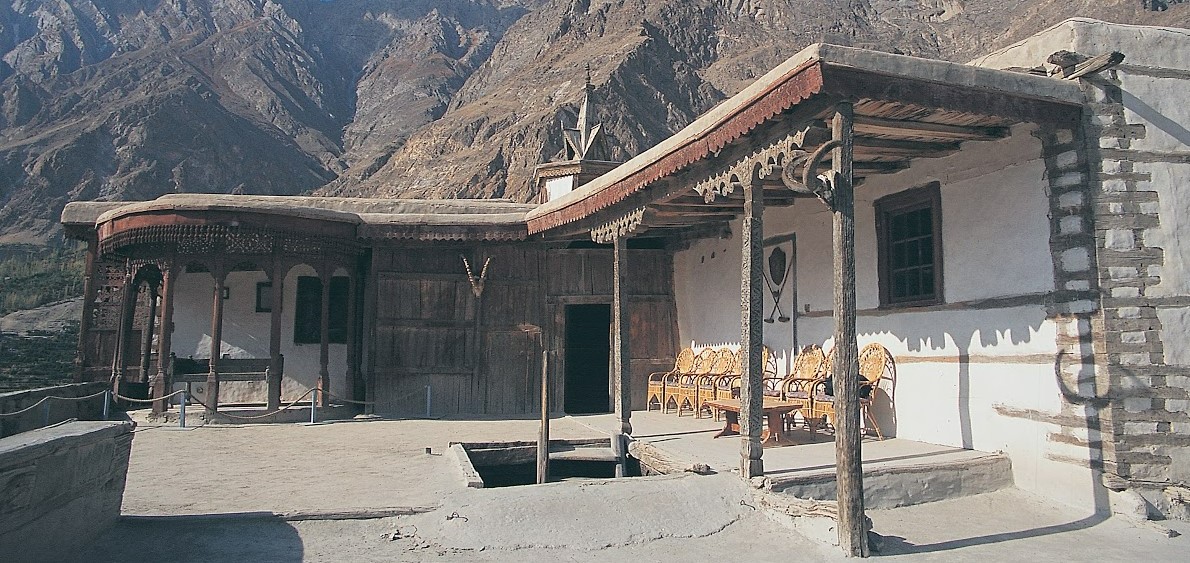
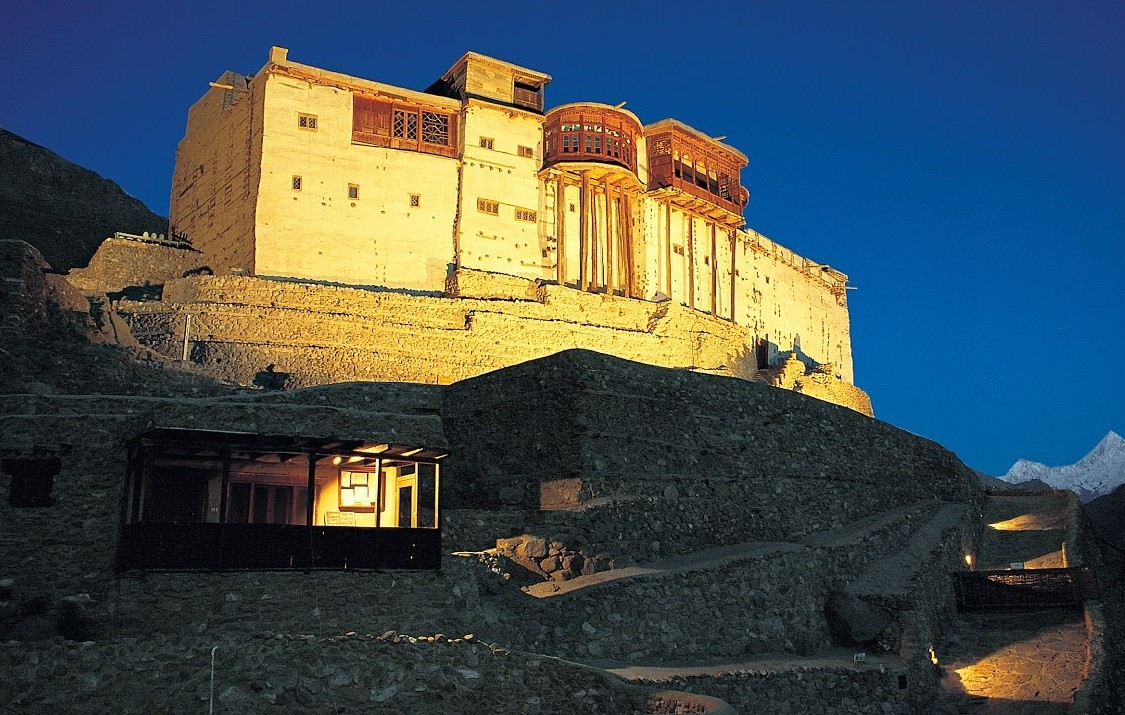
The Fort
Baltit Fort sits on top of some of the world's tallest mountains. The area is prone to many natural disasters, making it a very rugged area. It was only accessible by a four-wheeled vehicle in good weather till the 1960s; a trek on foot from the village valley would take up to 4 days. The Fort was located at a critical control point, over the water supply of the Ultar water channel. The building has been changed over the centuries to serve the needs of rulers.
Many of the architectural elements of the Baltit Fort have been influenced by Ladakhi and Tibetan architecture due to proximity. The structure itself is of 3 stories and made of wood and stone with mud plaster. The basement has granaries and some stories along with man-made narrow terraces for stability.
The second floor has an open terrace with a Mughal styled wooden canopy, living rooms, and bay windows with balconies. A room called Diwan-e-Khas was used as a guest house, winter bedroom, and a place for private meetings. The first floor comprises of the kitchen, guard rooms, and a dungeon, all connected by elaborate labyrinths. Thanks to the Silk route, all these places display artifacts from countries across Asia such as Persia and China.
Wooden cribbage work known as Kator is seen throughout the Baltit Fort, and it offers the building stability and support. It is the real reason that the Fort has been able to withstand centuries of natural hazards.
